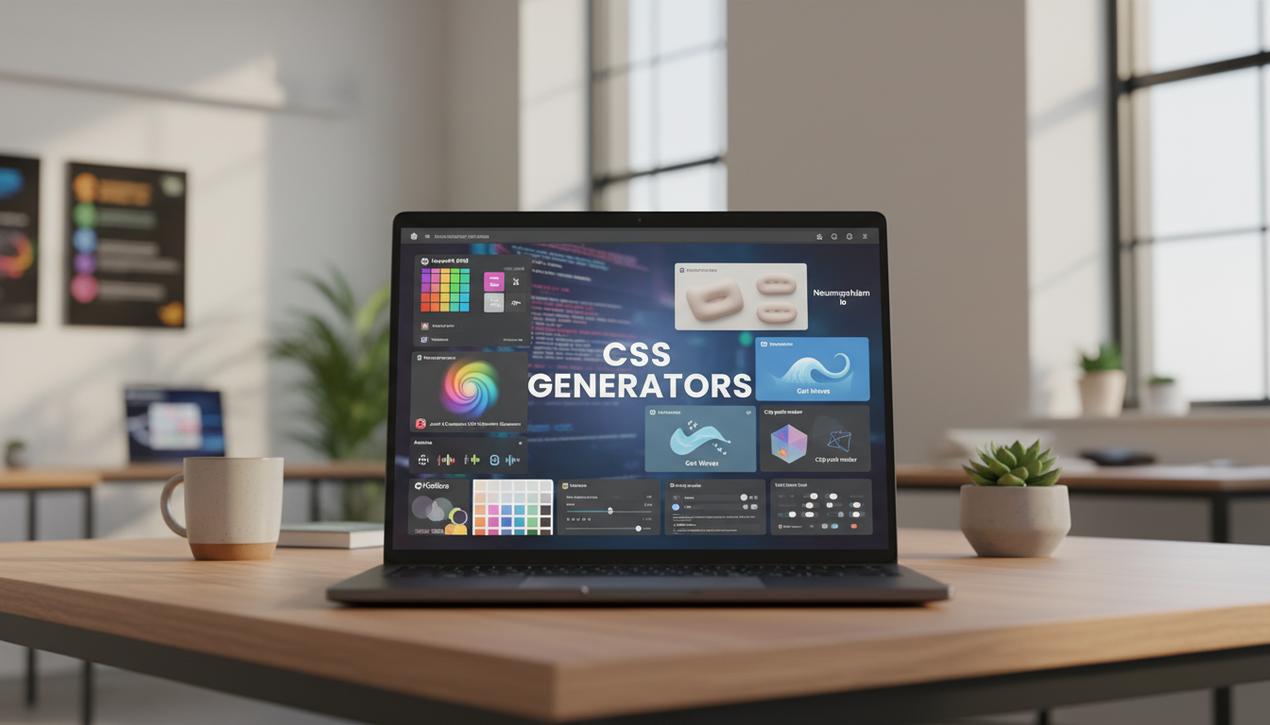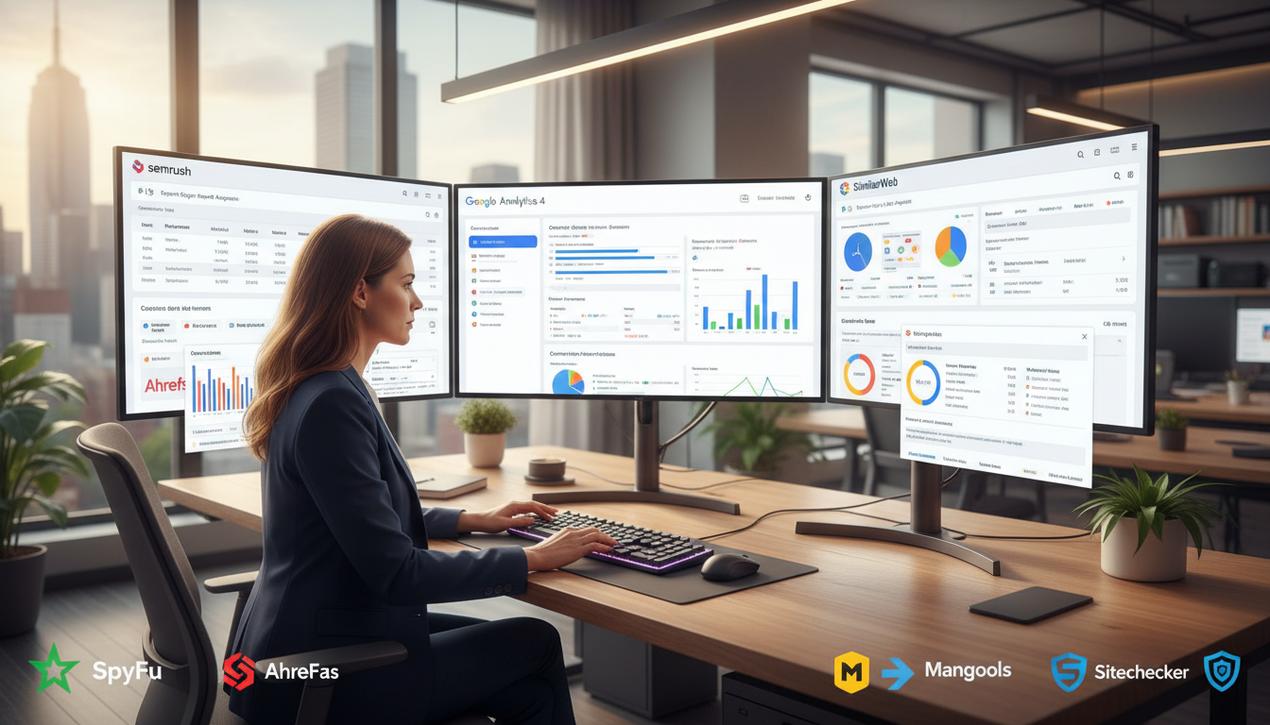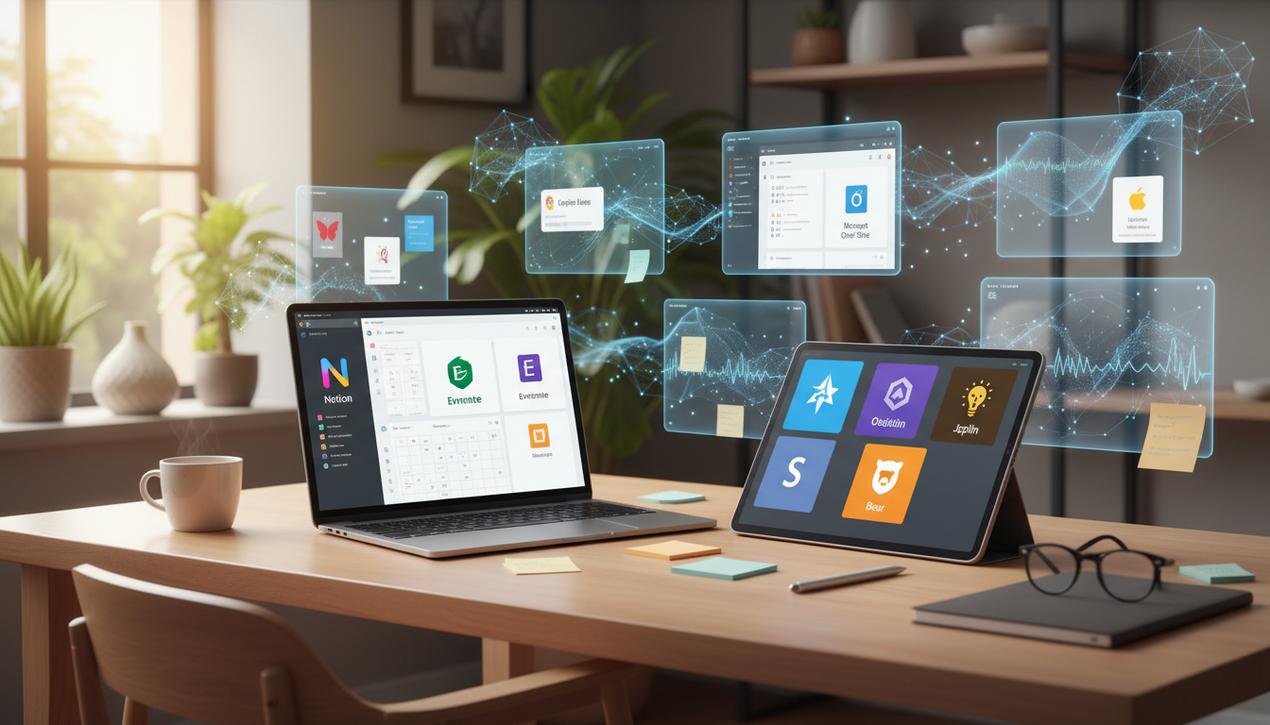Top 8 Calendar Apps to Get Organized in 2025


In the era of hybrid work and information overload, juggling professional deadlines, personal appointments, and long-term goals has become a daily challenge. A rigorous organizational system is the key to productivity, and the digital calendar has established itself as the indispensable tool to achieve this. The global productivity software market, which includes calendar applications, is experiencing exponential growth and is projected to be worth tens of billions of dollars in 2025. This statistic highlights how heavily individuals and businesses rely on these tools to structure their time. Far from being simple digital notepads, modern calendar apps are true intelligent personal assistants, capable of managing tasks, automating scheduling, and integrating into complete ecosystems. Whether you’re a freelancer looking to optimize every hour, a manager coordinating a team, or simply someone wanting to better balance professional and personal life, choosing the right calendar app can radically transform your effectiveness. This comprehensive guide analyzes the best solutions available on iOS and Android to help you find the perfect tool for your needs.
The Essential Criteria for Choosing Your Calendar App
Not all calendar applications are created equal. To find the one that suits you best, it’s crucial to evaluate a few fundamental criteria. A poor choice can lead to wasted time and frustration, defeating the original purpose. Before downloading the first app you see, take the time to consider the following points.
Cross-Platform Synchronization
Your calendar must be accessible anywhere, anytime. A top-tier application should offer seamless and instant synchronization between your smartphone (iOS, Android), tablet, computer (Windows, macOS), and ideally, a web interface. This omnipresence ensures you always have up-to-date information, whether you’re at the office or on the go.
User Interface and Experience (UI/UX)
The effectiveness of a calendar depends on its ease of use. A clean, intuitive, and customizable interface is paramount. Creating an event, modifying an appointment, or viewing your week should be smooth and quick actions. The best apps offer various views (day, week, month, schedule) and visual customization options (colors, themes) to suit your preferences.
Integration and Collaboration Features
A modern calendar doesn’t operate in a vacuum. Check its ability to integrate with other tools you use daily: email clients (Gmail, Outlook), task management apps (Trello, Asana), video conferencing tools (Zoom, Google Meet), and note-taking apps (Evernote, Notion). For teamwork, features like calendar sharing, inviting participants, and viewing colleagues’ availability are essential.
2025 Comparison: The 8 Best Calendar Apps
The market is flooded with options, from the most minimalist to the most complex. We have selected and analyzed 8 applications that stand out for their performance, features, and popularity among users in 2025.
1. Google Calendar: The Universal Standard
Ideal for: Users living in the Google ecosystem who need a free, powerful, and collaborative solution.
Google Calendar is the absolute benchmark. Free and pre-installed on most Android devices, it offers perfect synchronization across all platforms with a simple Google account. Its native integration with Gmail, which automatically creates events from booking emails (flights, hotels, restaurants), is a significant time-saver. The ability to manage multiple color-coded calendars, easy sharing, and integration with Google Meet make it a formidable tool for both personal and professional use.
- Strengths: Completely free, seamless integration with the Google ecosystem, advanced sharing features, smart event creation.
- Weaknesses: The interface might seem a bit plain to some, and the task management features are basic.
- Platforms: iOS, Android, Web.
2. Microsoft Outlook Calendar: The Professional Choice
Ideal for: Professionals and businesses using the Microsoft 365 suite.
Integrated into the Outlook email client, this calendar is a pillar of the corporate world. It excels at scheduling meetings, making it easy to see colleagues’ availability and book rooms. Its integration with Microsoft Teams is seamless. The ability to overlay multiple calendars and manage different time zones makes it a robust tool for international teams.
- Strengths: Deep integration with Microsoft 365 (Teams, To Do), excellent features for business scheduling, familiar interface for Windows users.
- Weaknesses: Less intuitive for purely personal use; its full potential is only realized with a Microsoft 365 subscription.
- Platforms: iOS, Android, Windows, macOS, Web.
3. Apple Calendar: Simplicity for Apple Users
Ideal for: Users fully immersed in the Apple ecosystem.
Apple’s Calendar app is a minimalist, elegant, and efficient solution for those who own an iPhone, iPad, and Mac. Its strength lies in its perfect integration with iOS and macOS, especially with Siri, which allows for adding events via voice command. It syncs via iCloud and can also integrate Google Calendar or Outlook accounts, acting as a central hub. While simple, it handles basic functions like appointments, reminders, and invitations very well.
- Strengths: Native integration with the Apple ecosystem, clean and easy-to-use interface, reliable iCloud synchronization.
- Weaknesses: Limited features compared to competitors, no native app for Android or Windows.
- Platforms: iOS, macOS, watchOS, Web (via iCloud.com).
4. Fantastical: The Smart and Powerful Calendar
Ideal for: Power users, primarily on Apple devices, who want advanced features and natural language input.
Fantastical is widely recognized for its natural language parsing engine: simply type “Dinner with John tomorrow at 8 pm at Pizzeria Roma,” and the app creates the event with all the details. It offers beautiful calendar views, highly customizable widgets, and seamless integration with Apple Reminders. Its “meeting proposals” feature makes scheduling with multiple people a breeze.
- Strengths: Natural language event entry, polished interface, powerful widgets, excellent time zone management.
- Weaknesses: A subscription model is required to unlock the best features, and it is primarily focused on the Apple ecosystem.
- Platforms: iOS, macOS, watchOS.
5. Todoist: The Perfect Fusion of Tasks and Calendar
Ideal for: Those who want a single tool to manage their to-do lists and appointments.
While primarily known as a task manager, Todoist integrates calendar views that allow you to see tasks with deadlines alongside events synced from Google Calendar or Outlook. This unified approach helps provide a comprehensive overview of your day, balancing tasks to be done with fixed appointments. Its natural language engine is also very effective for creating tasks quickly.
- Strengths: Excellent task management, bi-directional integration with external calendars, available on all platforms.
- Weaknesses: Pure calendar features are less developed than those of dedicated apps.
- Platforms: iOS, Android, Windows, macOS, Web, and more.
6. TickTick: The Versatile Alternative
Ideal for: Users looking for a productivity Swiss Army knife.
Similar to Todoist, TickTick combines task management, calendars, lists, and even a habit tracker. Its calendar view is highly visual and allows you to drag and drop tasks to reschedule them easily. It also offers a built-in Pomodoro timer to help with focus. It’s a very comprehensive all-in-one solution that is attracting more and more users.
- Strengths: All-in-one solution (tasks, calendar, habits), flexible interface, generous free version.
- Weaknesses: Can seem complex for a user just looking for a simple calendar.
- Platforms: iOS, Android, Windows, macOS, Web.
7. Any.do: Design at the Service of Organization
Ideal for: Fans of minimalist design who want an elegant tool to manage their lives.
Any.do combines a task manager and a calendar in a beautiful, clean interface. Its “Plan my day” feature helps you organize your tasks each morning for maximum focus. The integration with WhatsApp to create reminders is a unique and practical feature. Synchronization between devices is fast and reliable.
- Strengths: Exceptional design, smart features like “Plan my day,” WhatsApp integration.
- Weaknesses: The free version is quite limited, pushing users towards the premium subscription.
- Platforms: iOS, Android, Windows, macOS, Web.
8. Timepage by Moleskine: The Most Beautiful Digital Calendar
Ideal for: Creatives and those for whom aesthetics are as important as functionality.
Designed by the creators of the famous notebooks, Timepage is a visually spectacular calendar app. It presents your schedule as a continuous timeline, with integrated weather forecasts and location maps for each appointment. Its themed colors and polished design make it a pleasure to use daily. It syncs with existing calendar accounts (iCloud, Google, Outlook).
- Strengths: Gorgeous design and unique user experience, integrated weather and travel times, innovative interface.
- Weaknesses: Subscription-based paid app, available only on iOS.
- Platforms: iOS, watchOS.
Future Trends: Artificial Intelligence at the Service of Your Time
The future of calendar apps is clearly heading towards more intelligence and automation. In 2025, AI integration is no longer a gimmick but a central feature. Intelligent scheduling assistants can now analyze your habits, suggest the best times for meetings based on everyone’s energy levels (morning for creative tasks, afternoon for meetings), and even automatically block out time for breaks to prevent burnout. These tools learn from your behavior to help you build a schedule that is not only effective but also sustainable and respectful of your well-being.
Choosing the right calendar app is a personal decision that depends on your workflow, your technology ecosystem, and your aesthetic preferences. Giants like Google and Microsoft offer robust and integrated solutions, ideal for collaboration, while players like Fantastical and Timepage focus on user experience and innovative features. The trend is towards the fusion of task management and calendars, creating unified platforms for a 360-degree view of your time. Don’t hesitate to test several options by taking advantage of free trial periods. The right tool is the one you will enjoy using every day, the one that will turn your time management from a chore into a lever for success.




